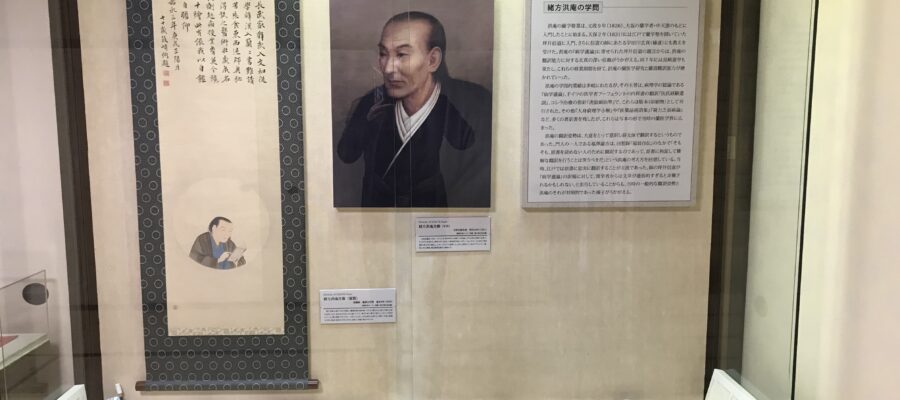大阪の淀屋橋近くにある適塾。幕末の洋学研究の第一人者として、多くの蘭書を翻訳した緒方洪庵が開いた塾であり、歴史の授業で学んだ方も多いと思います。ビジネス街のビル群の中に、江戸時代の面影を残したまま建っています。
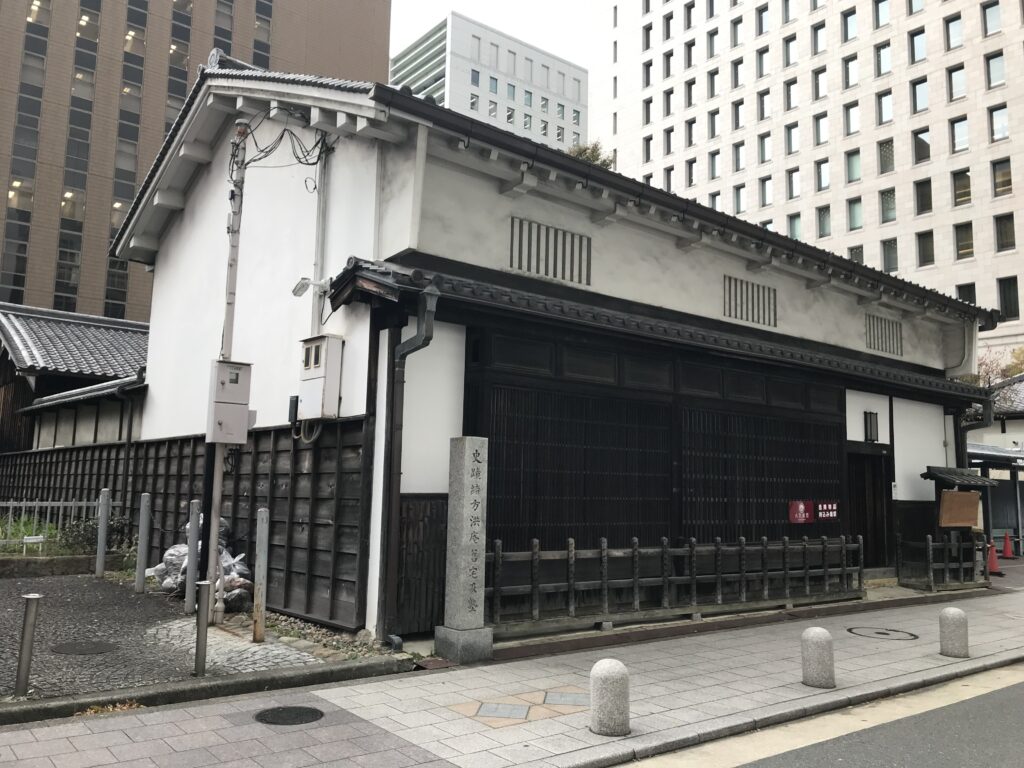
私自身、この適塾の前を何度も通っていたのですが、見学のために中に入ったのは初めてでした。実は、関西で行われているデジタルスタンプラリーがあり、そのスタンプの内の1つを集めることができるスポットが適塾で、見学しながらスタンプも収集しました。
中庭の横を通って奥の部屋に行くと、解体新書など、江戸時代に出版された本の復刻版と思われる展示があります。緒方洪庵が1858年夏のコレラ大流行時に刊行して、予防策を説いた「虎狼痢(コロリ)治準」もありました。
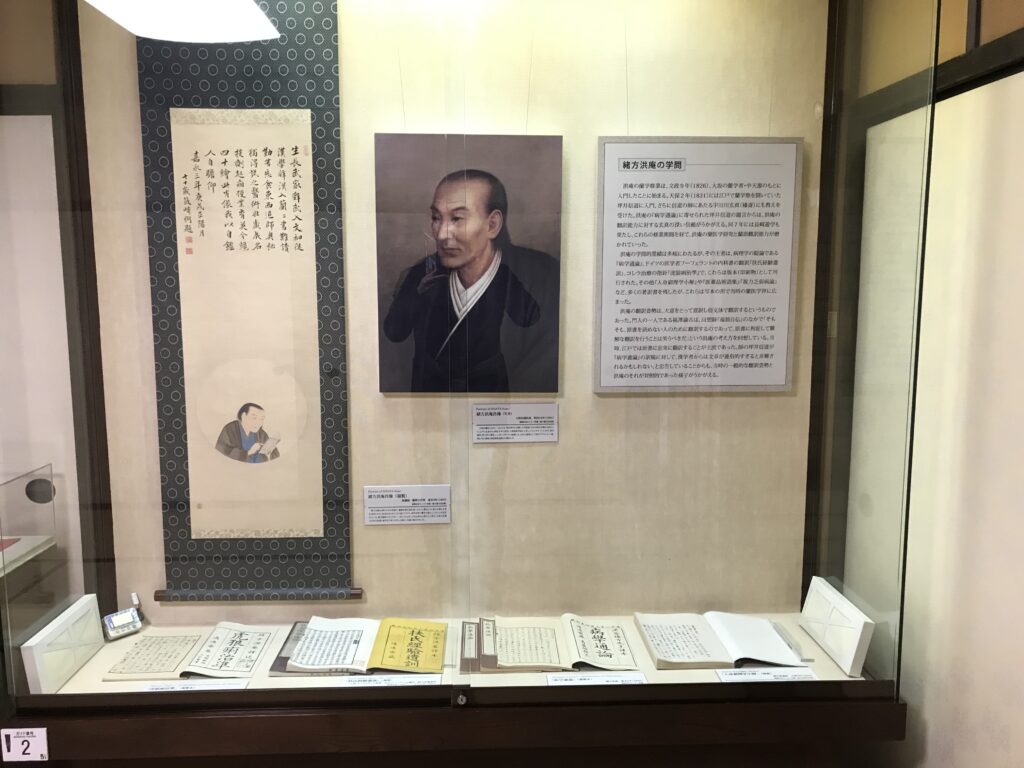
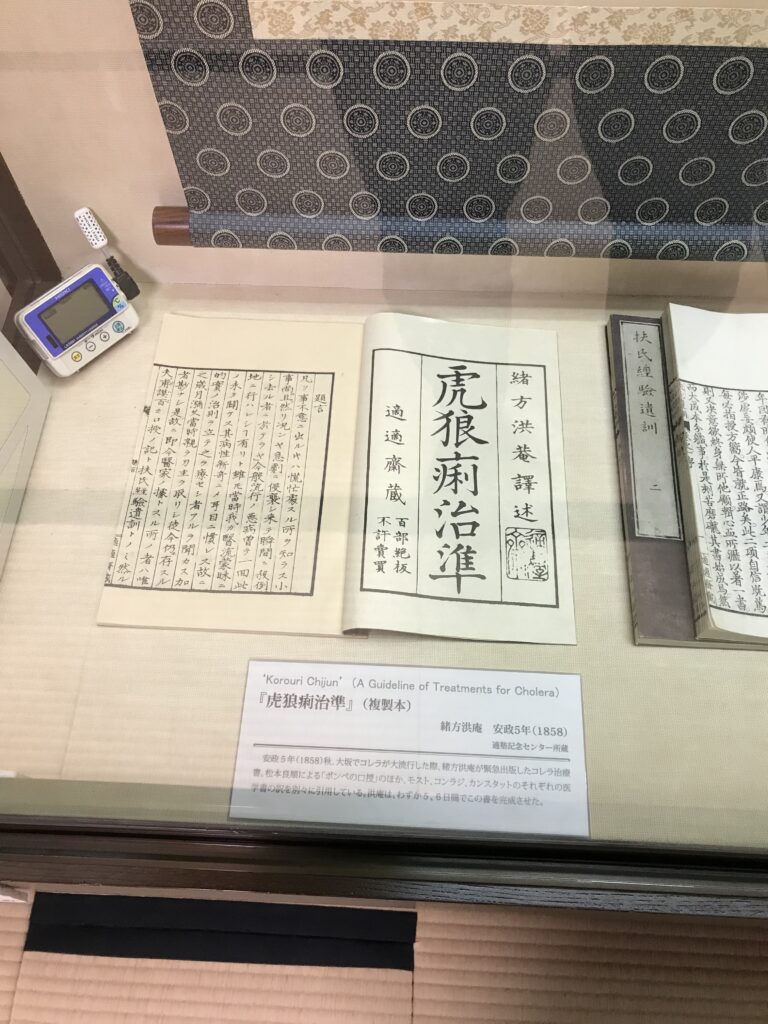
その後、2階に上りましたが、この階段が非常に急な角度で、1段がかなり高くなっています。この階段を使って、物を上に上げるのは相当体力がいるだろうと感じました。また、2階から階下を見ると、ほぼ垂直に見えてしまい、1階へ降りるときは手すりにしがみ付きながら降りました。
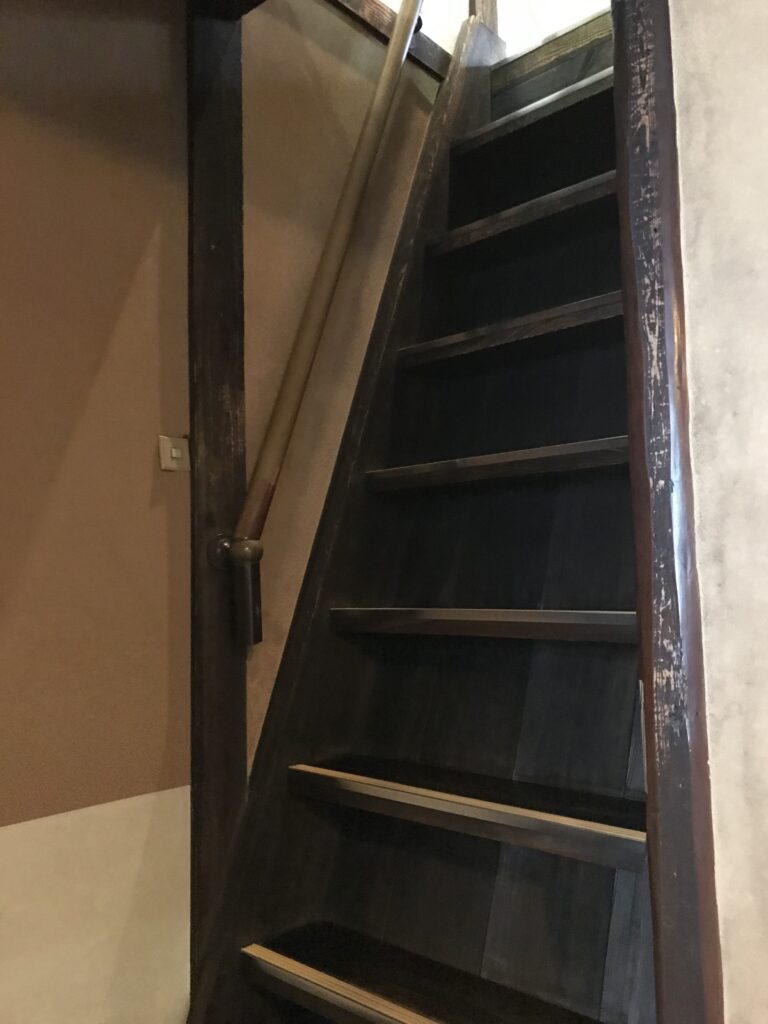
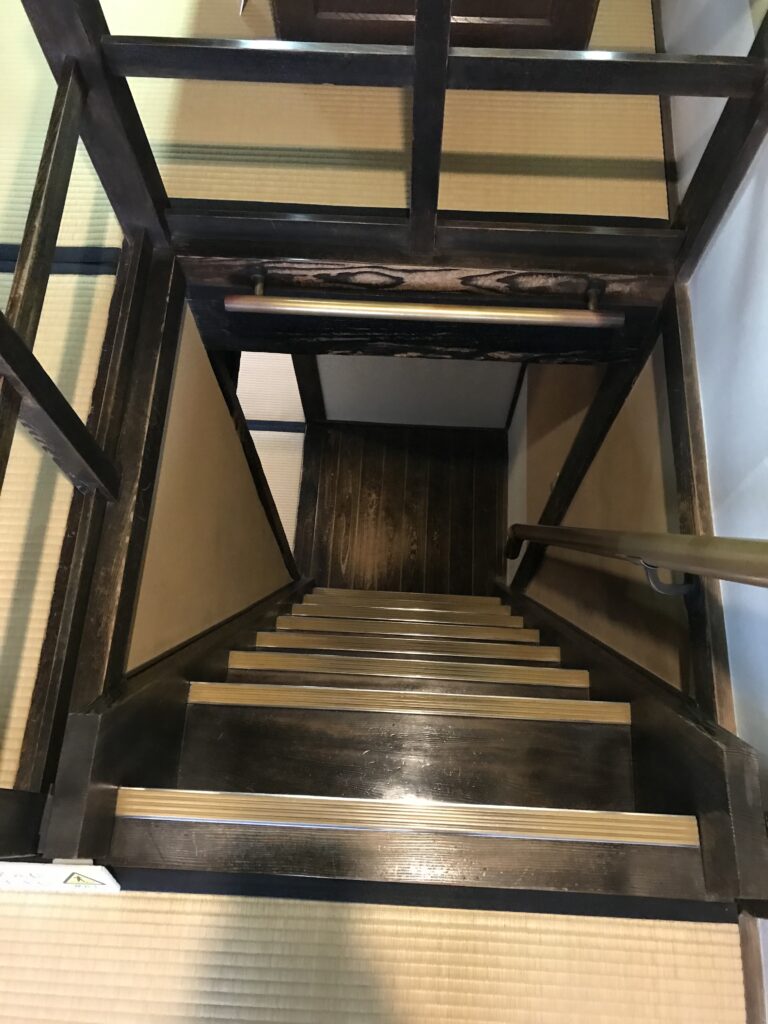
2階に大部屋があります。ここで学び、明治維新前後で大活躍した塾生たちが過ごした場所です。橋本佐内、大村益次郎、福沢諭吉、大鳥圭介などが、血気盛んな若い時代に、ここで死に物狂いに勉強をしたそうです。今は、きれいに整備された和室になっています。150年以上の時を超えて、彼らと同じ空間にいれたことに感動しました。(完)
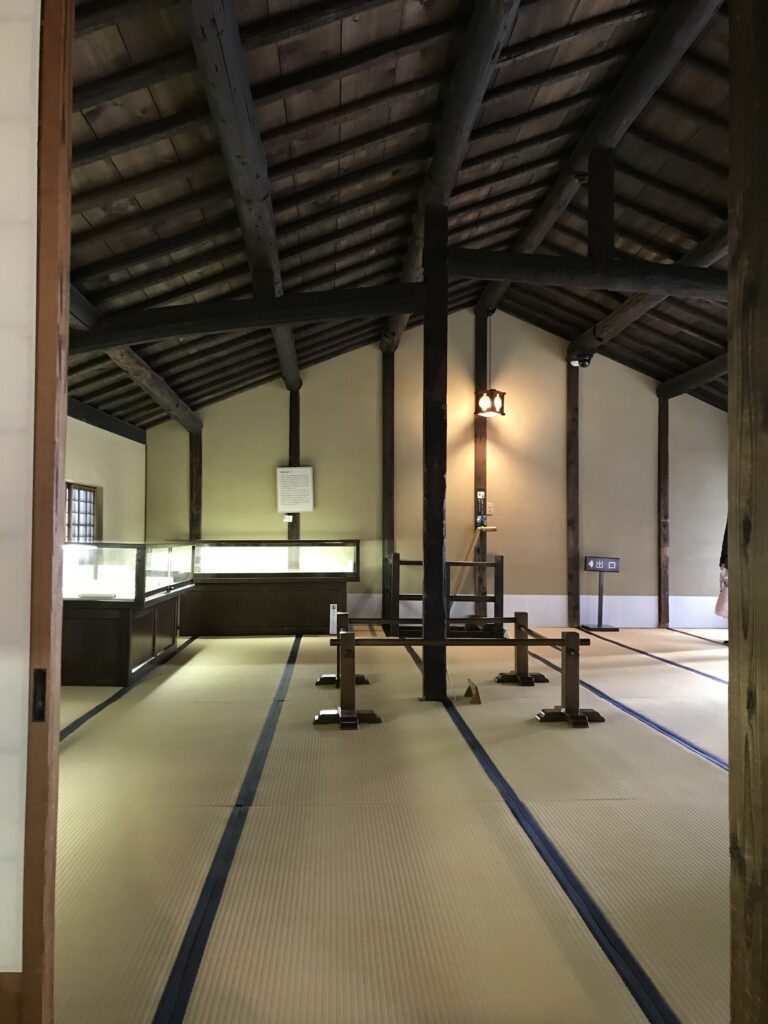
大阪のことについて学ぶ書籍
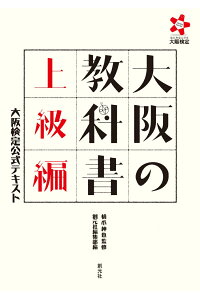
大阪の教科書 上級編 大阪検定公式テキスト [ 橋爪 紳也 ]
価格:2,090円
(2021/9/4 14:02時点)
感想(1件)
Teki Juku (Osaka)
Tekijuku is located near Yodoyabashi in Osaka. Many of you may have learned about this school in your history classes as it was opened by Ogata Koan, who translated many Dutch books as a leading scholar of Western studies at the end of the Edo period. It stands amidst a cluster of buildings in the business district, retaining its Edo period appearance.
I myself had passed by the Tekijuku many times, but this was the first time I went inside for a tour. In fact, there is a digital stamp rally in Kansai, and Tekijuku is the spot where one of the stamps can be collected, so I also collected the stamps while visiting.
Passing by the courtyard to the back room, visitors will find a display of what appear to be reprinted editions of books published in the Edo period, such as Kaitai Shinsho (New Text on Demolition). There was also “Korori-ji (Corroli-Cure),” a book published by Ogata Koan during the cholera epidemic of the summer of 1858 and describing preventive measures.
I then went up to the second floor, where the staircase is at a very steep angle and each step is quite high. I felt that it would take a lot of strength to move things up these stairs. Also, looking downstairs from the second floor, it looked almost vertical, and I had to cling to the handrail as I descended to the first floor.
There is a large room on the second floor. This is where the students who studied here and were very active before and after the Meiji Restoration spent their time. Hashimoto Sanai, Omura Masujiro, Fukuzawa Yukichi, Otori Keisuke, and others studied here to the death in their youthful, bloodthirsty days. I was moved to be in the same space with them more than 150 years ago. (End)
Teki Juku (Osaka)
Tekijuku est situé près de Yodoyabashi à Osaka. Beaucoup d’entre vous ont peut-être appris l’existence de cette école dans leurs cours d’histoire, car elle a été ouverte par Ogata Koan, qui a traduit de nombreux livres néerlandais en tant qu’éminent spécialiste des études occidentales à la fin de la période Edo. Elle se dresse au milieu d’un groupe de bâtiments dans le quartier des affaires, conservant son aspect de l’époque Edo.
Je suis moi-même passé devant le Tekijuku à plusieurs reprises, mais c’était la première fois que j’y entrais pour une visite. En fait, il y a un rallye de timbres numériques dans le Kansai, et Tekijuku est l’endroit où l’un des timbres peut être collecté, donc j’ai également collecté les timbres lors de ma visite.
En passant par la cour pour se rendre dans l’arrière-salle, les visiteurs trouveront une exposition de ce qui semble être des éditions réimprimées de livres publiés pendant la période Edo, comme le Kaitai Shinsho (Nouveau texte sur la démolition). Il y avait aussi “Korori-ji (Corroli-Cure)”, un livre publié par Ogata Koan pendant l’épidémie de choléra de l’été 1858 et décrivant les mesures préventives.
Je suis ensuite montée au deuxième étage, où l’escalier est très incliné et où chaque marche est assez haute. J’ai senti qu’il fallait beaucoup de force pour déplacer des objets dans cet escalier. De plus, en regardant l’escalier du deuxième étage, il semblait presque vertical, et j’ai dû m’accrocher à la rampe en descendant au premier étage.
Il y a une grande salle au deuxième étage. C’est ici que les étudiants qui ont étudié ici et qui étaient très actifs avant et après la restauration Meiji passaient leur temps. Hashimoto Sanai, Omura Masujiro, Fukuzawa Yukichi, Otori Keisuke, et d’autres ont étudié ici jusqu’à la mort dans leur jeunesse assoiffée de sang. J’ai été ému de me trouver dans le même espace qu’eux il y a plus de 150 ans. (Fin)
